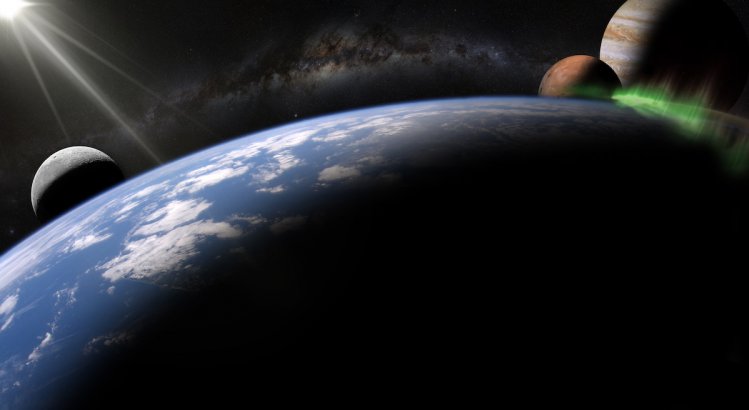
Basic research in space physics, atmospheric physics and space technology
IRF conducts experimental and theoretical fundamental research as well as postgraduate education in space physics, atmospheric physics and space technology. IRF also has a national responsibility for observatory activities in space physics.
Measurements are made in the atmosphere, the ionosphere, the magnetosphere and around other planets using stratospheric balloons, ground-based equipment (including radar) and satellites.
The research and technology developed to conduct space research helps to create benefits for the development of society and human welfare. Our society is increasingly dependent on space technology for a variety of applications, which means that knowledge about the space environment is becoming increasingly important.
Space physics
Space research at IRF contributes to our understanding of what is happening on our planet and how the sun interacts physically with the rest of the solar system. Our research provides increased knowledge of the universe, our origins and our living conditions on earth. Satellites reach the outermost limits of our solar system and study worlds that are very different from our earth.
They make unique observations that help us understand the basic physical processes, leading to a better understanding of our own planet.
IRF contributes measuring instruments to several projects that are expected to provide important new knowledge of the space environment at the earth, the moon and our nearest planets as well as comets that pass through the inner part of our solar system in their orbits around the sun.
Atmospheric physics
In order to better understand the climate of the future, researchers at IRF study the small-scale processes that control air circulation at different elevations in the polar atmosphere. The research also aims at investigating the changes that particles and radiation from the sun cause in the upper atmosphere.
To study phenomena in the polar atmosphere, the IRF uses two different radars: the ESRAD radar which is located at Esrange outside Kiruna and the MARA radar located in Antarctica.
Space technology
IRF has more than 50 years of experience in developing new measurement methods, measuring instruments and other research equipment for international space research projects. Instruments from IRF are used in both ground-based equipment and on board satellites in several major collaborative projects. Right now, IRF instruments are in orbit round the earth and around several other objects in the solar system.
IRF has experienced technical staff and provides an advanced infrastructure to supports the research projects. For example, there are test facilities, calibration equipment, a mechanical workshop and a clean room for developing IRF’s satellite instruments.
Observatory activities
Since the 1950s, the IRF has conducted long-term measurements of the ionosphere, cosmic radiation, auroral activity and the earth’s magnetic field from, primarily, Kiruna, Lycksele and Uppsala.
The main objective of the observatory operations at IRF is to provide society and researchers with a long, unbroken time series (over a time scale of 50-100 years) of measurement data.
Observatory instruments:
- magnetometers
- riometers
- all-sky camera
- ionosonds
- weather station
- infrasound equipment
- mm-wave radiometers
